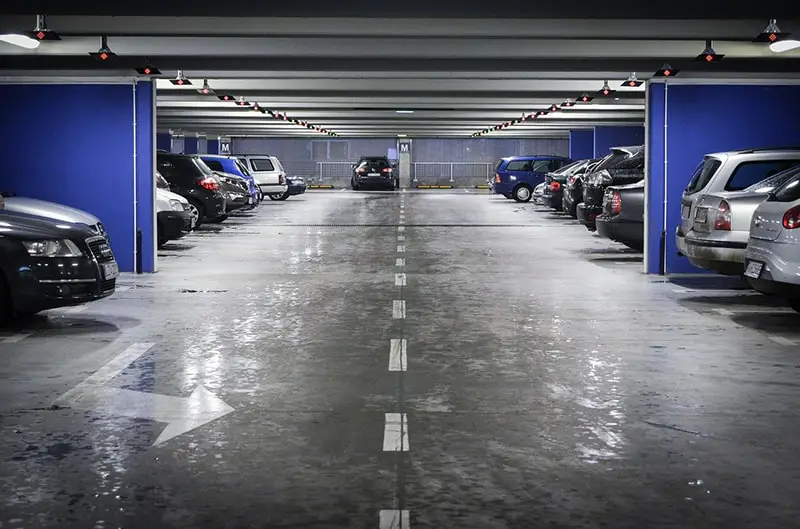Click here to get this post in PDF

Ask any mechanic, and they won’t hesitate to say what has changed the most about their job over the last decade or two: the technology. In the 1997 movie Breakdown, Red tells Jeff: “You used to give ’em a kick and a holler and they’d start right up. Now it’s all computers and chips.”
Or, more accurately: “Computers, chips and … sensors.”
A discussion about advances in sensor technology in the automotive world may seem only to excite insider boffins. But closer inspection reveals that your speedometer is a sensor – and there are also throttle position sensors, knock sensors, oxygen sensors, manifold absolute pressure sensors. And the reason why even the most awkward of drivers among us is now able to park perfectly without scraping paint.
At the heart of this amazing new parking technology in particular is the ultrasonic sensor, which uses sonar-like sound waves to measure distances to an object. It’s just one of the sensors in the general category of proximity sensors, which simply means the sensor does its thing to detect proximity without actually touching the object it is focused on. In this way, it’s not hard to see how it’s very useful indeed for operations like crash detection, self-parking and even autonomous driving. It’s also worthwhile knowing that they are available in the inventory of many reputable distributors, for example, RS Components.
TV ads for cars used to highlight shiny paintjobs and horsepower. But these days the buzz it’s all about how easy it now is to parallel park, how clever adaptive cruise control is, and how in the future, you won’t need to actually drive it yourself at all. You might even go so far as to say sensors are the future of the automotive industry, and it would be hard to argue against it.
The evidence? Read on to start getting your head around how there is no doubt about it: sensor technology is the future of the automotive industry.
1. Intelligent observation
Along with those “computers and chips” Red spoke about earlier, the phenomenon known as intelligent observability is what will allow cars to know enough about what’s going on around them to safely drive autonomously – and it’s thanks to sensors. These sensors will empower the car with so much real-time knowledge about speed, position and proximity that, ultimately, streets and highways full of autonomous could one day completely eradicate that fact we have all come to accept – road fatalities.
2. Ultrasonic sensors
Right now, it’s the ultrasonic sensors in your bumpers that make parking and avoiding ‘dings’ so helpfully easy. But they’re doing the bulk of their work at very slow speeds – less than 10kph – because while impressive, current ultrasonic sensor technology is still developing the accuracy required to measure very small distances with guaranteed accuracy. But the ultrasonic sensors of tomorrow, working in harmony with sister sensors including radar and cameras, will make autonomous cars de rigeur.
3. Gesture recognition
If it’s ultrasonic sensor that’s doing the observing of what’s going on outside the car, then it’s something called the time-of-flight sensor that will make the connection between the interior and the driver. Yes, the goal for the future is clearly full car autonomy, but that doesn’t mean the occupants of the cars will be sidelined altogether. Currently, it is the Advanced Driver Assistance Systems that provide the link between car and driver, but this will still be needed in the future as the autonomous car will need to know what’s going on with the occupants. The time-of-flight sensor uses infrared light to ‘see’ the driver – in a similar way that the essentially blind bat ‘sees’. Right now, it’s time-of-flight that alerts drivers who are drifting off the road,and reads a hand gesture to turn up the radio volume or answer the phone.
Sensors: the future of the automobile
As technology inevitably marches on, it’s not difficult to recognise that sensors will make the cars of tomorrow exciting almost beyond belief. So, while a liquid thermometer is a simple sensor, it will be a complex network of infinitely impressive next-generation sensors that give cars a much better understanding of the world around them than us humans ever could. And that’s pretty exciting, isn’t it?
You may also like: Why Opt for Fuel Level Sensor for Your Fleet?
Image source: Pixabay.com
